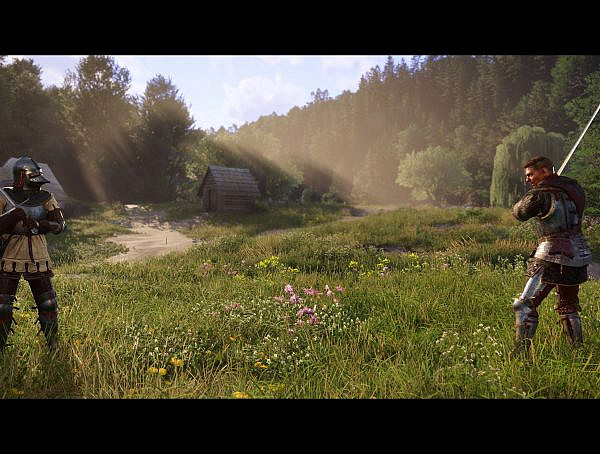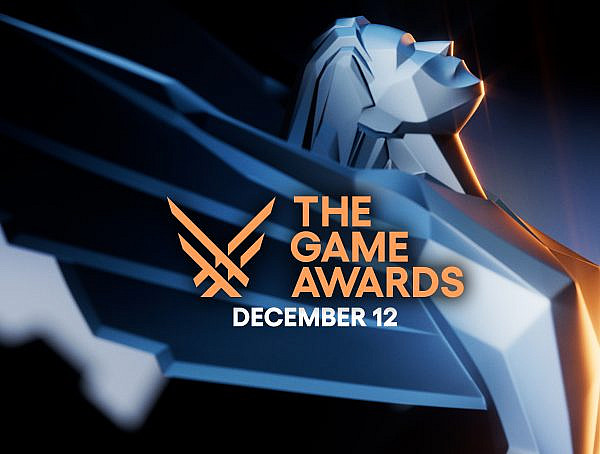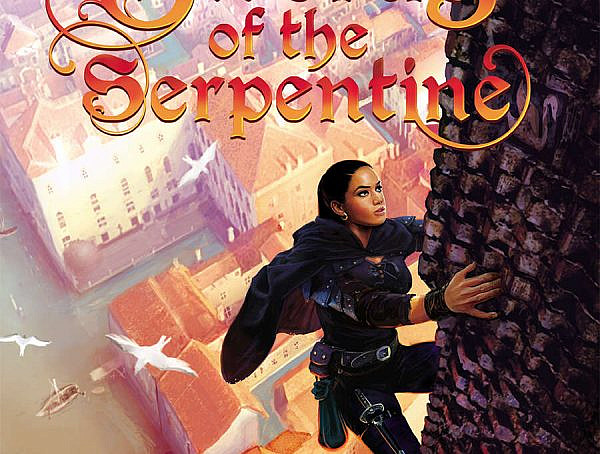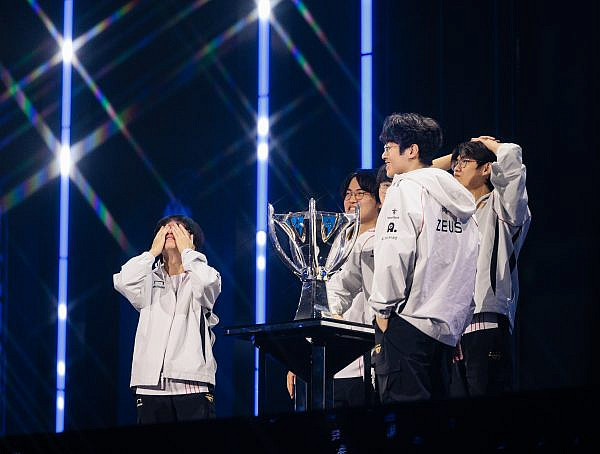Dungeons & Dragons was first released in 1974. The first novel based on Dungeons & Dragons was released in 1978. While D&D went on to change the face of gaming, the novels mostly just went on. Tie-in novels to role-playing game properties really picked up in the 1980s with the release of the Dragonlance novels starting in 1984 and by the end of the decade, practically everyone who was anyone in the field had a novel line. Today, D&D novels alone number around 600. Throw in the Warhammer, Battletech, Vampire: The Masquerade, Pathfinder, Shadowrun, and two dozen other lines and while the fracturing of the market into smaller online storefronts and a lack of research interest in the field make hard numbers difficult to come up with, I would guess the final tally stands at over 1,000 titles.
There is an interesting difference between tie-in novels – also called “ties” – to tabletop role-playing games and, for instance, movies or video games. A video game or movie tie is traditionally a retelling of the story, or in some rare cases – such as the Mass Effect series – the stories of the game’s characters before and after the games. This formula holds even for properties that could accommodate more tales, such as Warcraft, whose novel series focuses on the major characters and historical events of the game series, even though the setting is large and rich enough to draw on for original stories. The same is also largely true for Star Trek and to some extent Star Wars.
In a tabletop role-playing game, there is no single storyline in the game property for the novels to retell, and the most important character is always the world itself. This places fewer constraints on the writers about, say, killing their protagonist. Unless, of course, the protagonist gets too popular and cannot be killed off no matter how much the writer wants to get on something else. The titles of Ed Greenwood’s later Elminster novels Elminster Must Die and Bury Elminster Deep sound like a cry for help.
As I mentioned above, there is a dearth of academic or even popular criticism into these properties. The reasons, of course, are obvious – commercial fiction gets a bad rap at the best of times, but when the largest text on the cover is not the book’s title or the author’s name but the brand name of the game, the overly serious scholar loses interest. Likewise, though transmedia storytelling is the bandwagon to be on right now, role-playing game novels lack that ever-important digital component to make them sexy enough.
The thing that makes them interesting is the sheer scope of the largest of them. It’s not about the epic storylines – though certainly they are present – but the way a two-hundred-novel franchise can tell tales all over their shared world, referencing one another, creating the illusion of a living world in a way that no single author, however prolific, can match. It is perhaps this perspective that is the most fruitful way to approach them for research, from the angle that sets them apart from other novels, as megatexts.
A megatext is defined by The Encyclopedia of Science Fiction as “the huge body of established moves or reading protocols that the reader learns through immersion in many hundreds of […] short stories and novels”. The entry goes on to name Star Trek and Star Wars among such megatexts, and it’s not a far leap of logic (indeed, one made by Curtis Carbonell in Analog Game Studies back in 2016) to extend the definition to a role-playing game property with as many as hundreds of released titles. Dungeons & Dragons is well into the thousands by this point.
Of course, this also includes the rulebooks, sourcebooks, accessories and adventure modules, the actual texts used to play the game, that detail the world and its peoples for the use of the players. However, it’s the novels that have reach beyond the active and engaged fanbase of the games. Nobody picks up a Forgotten Realms sourcebook from an airport bookstall on a whim, but R.A. Salvatore’s novels keep debuting on the New York Times bestseller list. From the gamer’s point of view, they also represent the kinds of stories the publisher expects the game to be used for, which is unfortunately not always communicated clearly by the rulebooks.
The books are there and someone is clearly reading them, yet we barely have the vocabulary to say what “they” are. There’s work to be done.
You might also like
More from Features
Game Awards – Celebration of talent or a Marketing Extravaganza?
The Game Awards 2024 is over and the winners are announced. However, are they still following the same pattern that …
Worlds in a Finnish Theater: League Finals, Community, and Döner Kebab
I travelled to Helsinki to watch League finals in a cinema, and it was worth it. #leagueoflegends #esports #community #worldfinals















